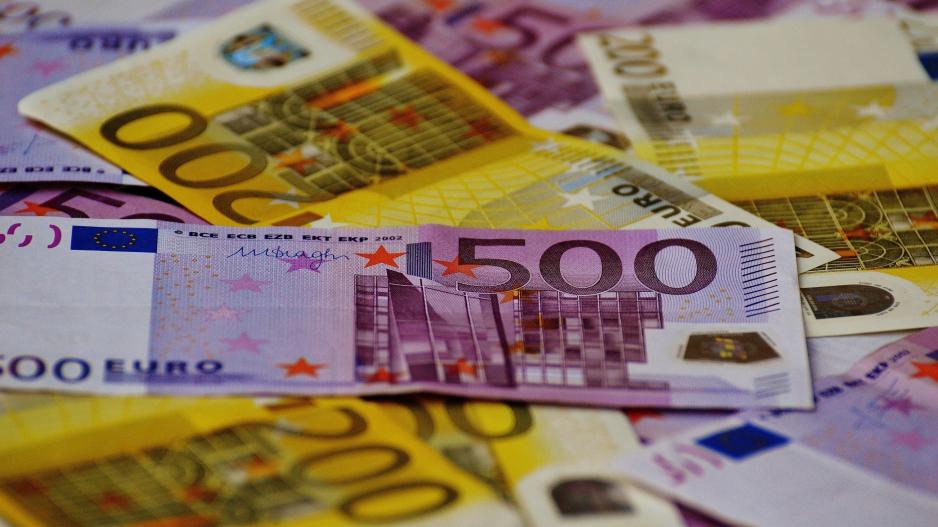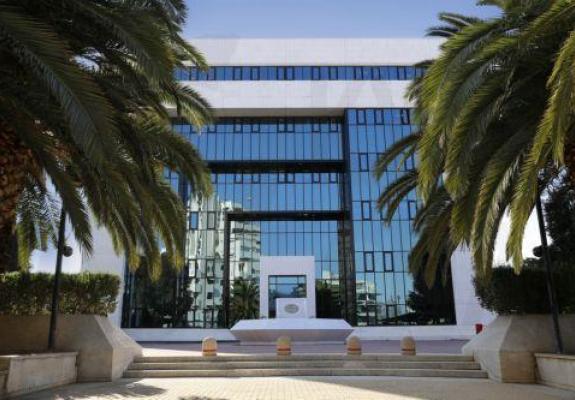Cyprus Records the Lowest Increase in Deposit Interest Rates, says DBRS
An analysis conducted by the rating agency DBRS Morningstar reveals that the Cypriot banking system demonstrates the lowest transmission of increased interest rates to deposit rates. This can be attributed to the substantial excess liquidity that characterizes Cypriot banks.
Specifically, the analysis highlights that from the end of 2021, the 12-month Euribor rate, which is considered the primary interest rate in the European market, rose from -0.5% to approximately 3.75%. This cumulative increase of 425 basis points has been beneficial for the profitability of European banks as they have successfully passed on the increased rates to lending rates.
However, the agency notes that by the end of April, the corresponding increase in deposit rates in EU banks remained limited.
According to the agency's calculations, the increase in deposit rates until the end of April accounted for only 13% of the average increase rate of the 12-month Euribor since the end of 2021.
DBRS highlights that among selected countries, Cyprus exhibits the lowest rate of increase in deposit rates, with a mere 2%, while France records the highest rate at 23%.
The agency explains that several factors contribute to the varying pass-through rate of the increased base interest rates to depositors, with an important factor being the type of deposits and the funding structure of each banking system.
According to the agency, banking systems with a higher proportion of stable retail deposits and deposits held as liquidity and working capital experience less pressure to pass on the increased rates to deposit costs. For instance, the Cypriot banking system demonstrates a rate of over 70% for household deposits and over 15% for corporate deposits, while government deposits and deposits from other credit institutions constitute significantly lower percentages.

It is worth noting that the Cypriot banking system is characterized by a high level of liquidity, ranking among the highest in the EU. Recently, the Governor of the Central Bank of Cyprus (CBC) stated that the liquidity coverage ratio reached 310% at the end of 2022, nearly double the corresponding EU average. Additionally, data from the European Banking Authority indicates that the Cypriot banking system recorded the second-highest deposit ratio as a percentage of total assets at the end of 2022, with 41%.
Therefore, DBRS references an analysis by the Bank of Spain, which identifies various factors that explain the variation in deposit interest rates, including the liquidity situation in each banking institution and the utilization of funding from Central Banks.
According to the institution, there are several indicators suggesting that deposit costs for European banks will increase at a faster rate than anticipated. It highlights that a substantial amount of liquidity, provided by the ECB through targeted longer-term refinancing operations, is expected to be repaid by the end of June. Notably, Cypriot banks, including the Bank of Cyprus and Astro Bank, have already made partial repayments of the TLTRO without experiencing any strain on their deposit base.
DBRS also underscores that European banks will face growing pressure to raise deposit interest rates due to deposit outflows, as funds are redirected from banks to financial products offering higher yields. This trend is particularly evident in jurisdictions where increases in deposit interest rates are more constrained, such as Spain and Portugal. However, based on the institution's analysis of deposit outflows from their peak until April of this year, Spain and Portugal witnessed the largest reductions, with a decline of 3.8%, while the corresponding decrease in deposits in Cyprus averaged 1.13%, aligning with the Eurozone average.
Lastly, the institution draws a connection between deposit interest rates and bank profitability, stating that "the extent to which increases in deposit interest rates reflect the sustained profitability of EU banks, as observed in recent quarters, will determine whether it is a structural (more enduring) or temporary phenomenon."






